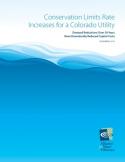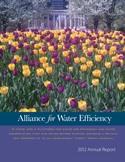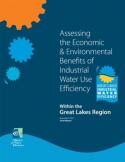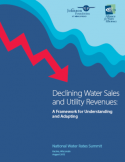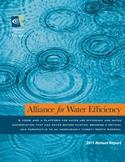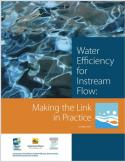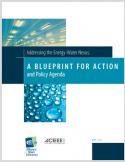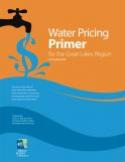An article that presents an analysis of water use trends and avoided costs.
There is a commonly held belief in the water industry that declining per capita usage due to water conservation is forcing rate increases to compensate for fewer units of volume billed. But the rate increases necessitated by conservation are actually much smaller than the rate increases that would be necessary to account for population growth in the absence of conservation.






